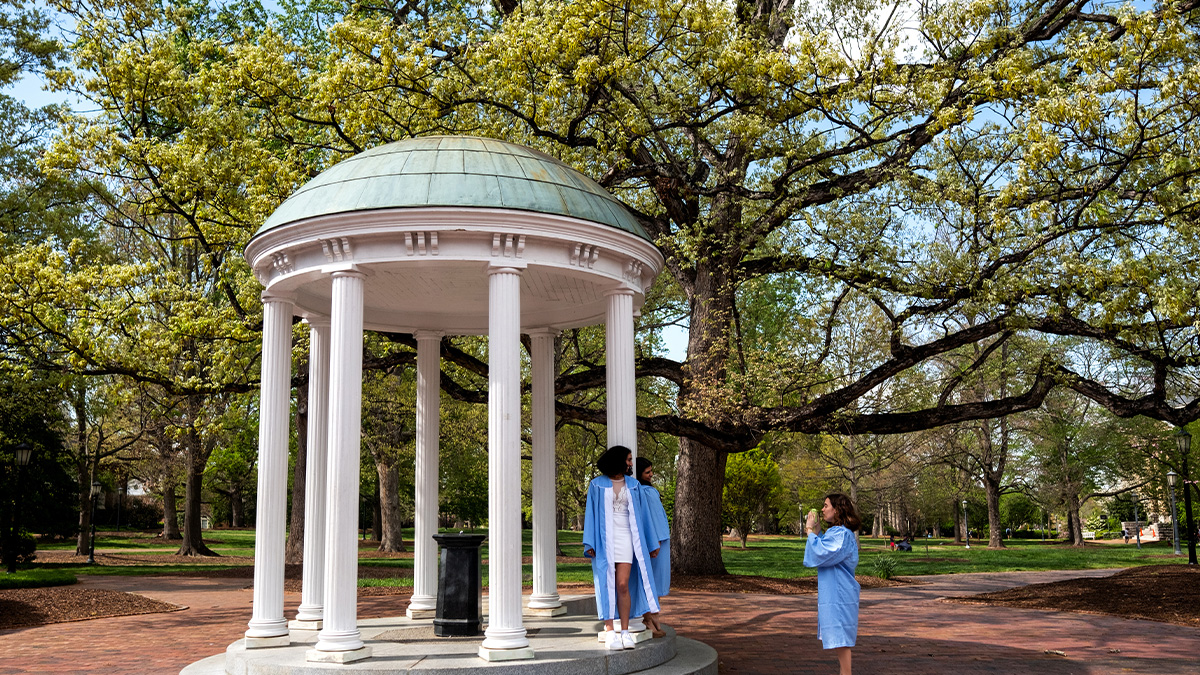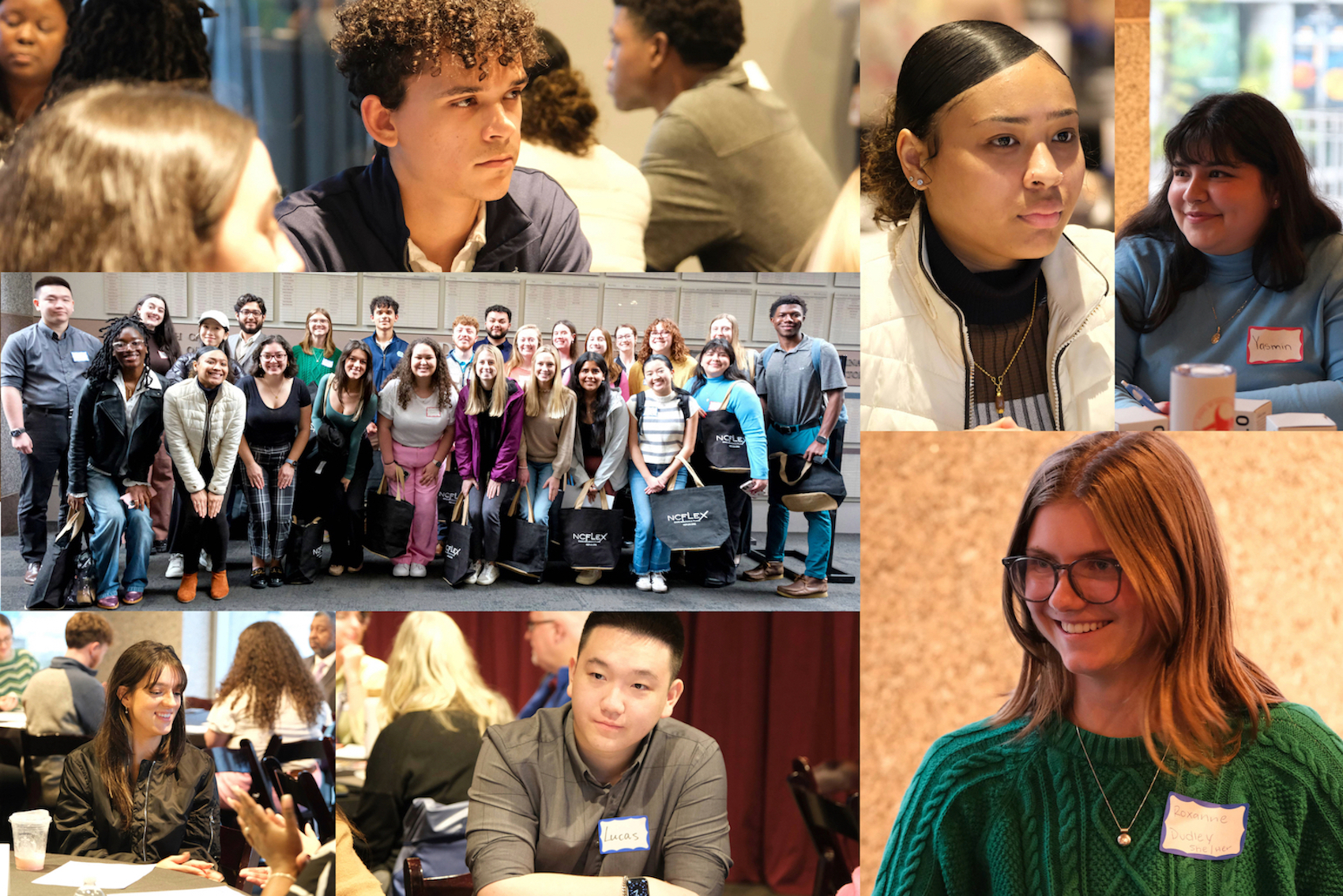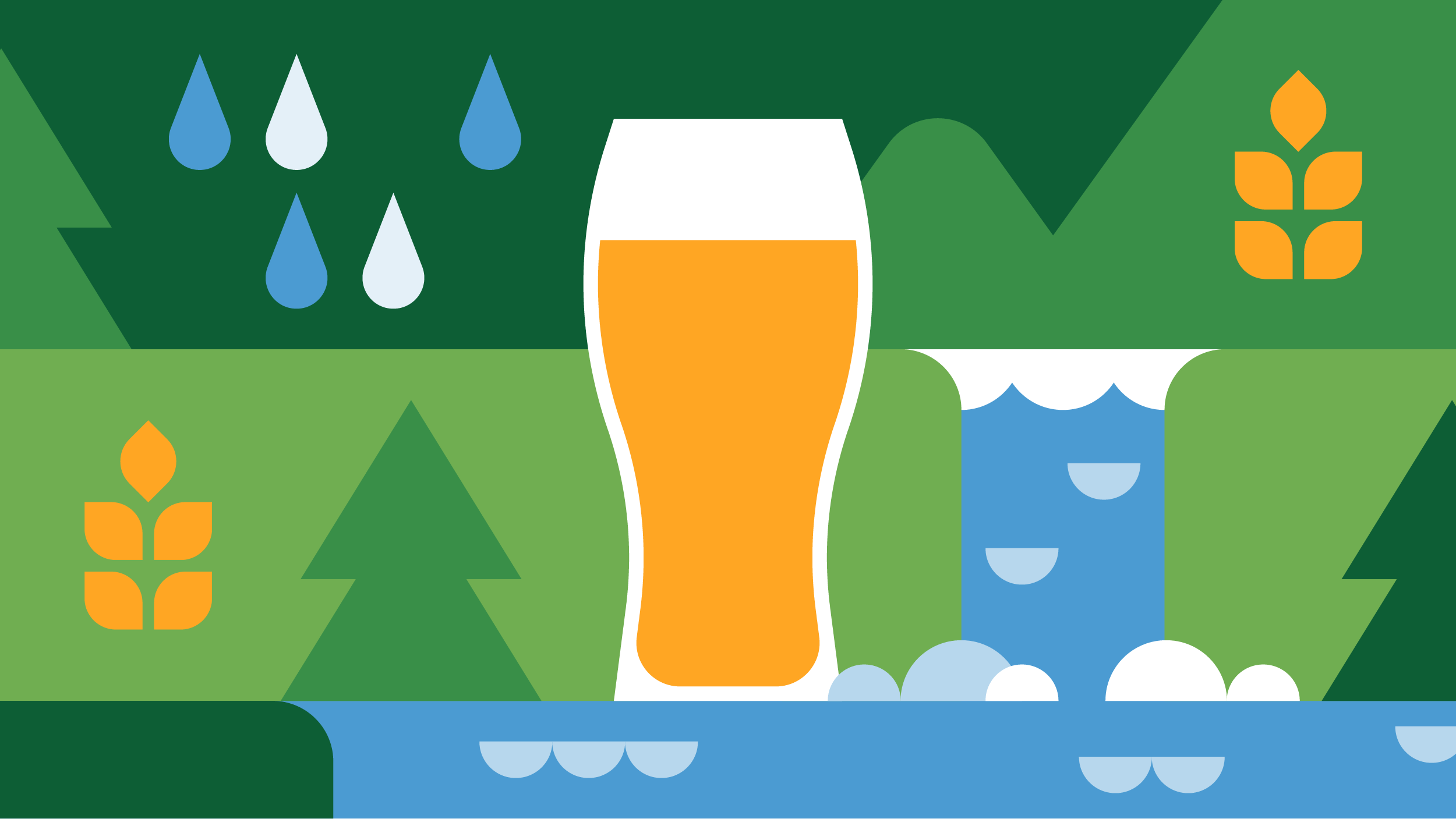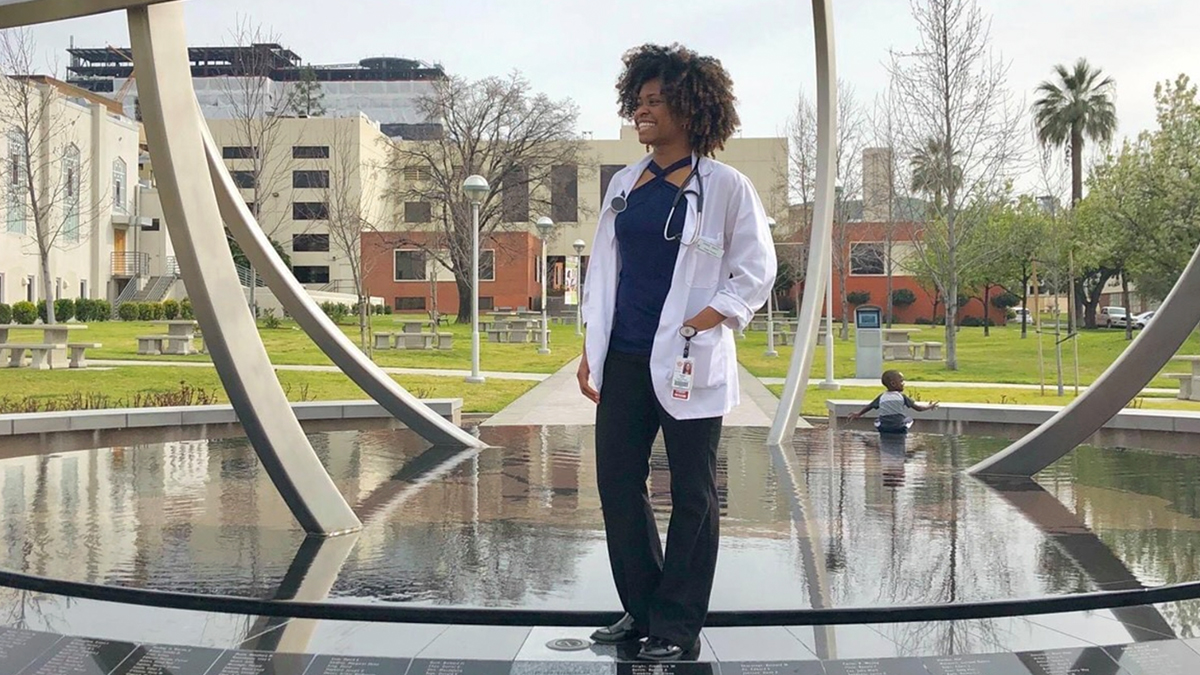Scans, sketches and skeletons
Osteoarthritis affects about 27 million Americans. Research by Carolina's Amanda Nelson could lower that number.
Two sets of bones from a large animal sit on a table – moose pelvis, apparently. A large and exquisitely detailed drawing of a turtle’s spine hangs on the wall.
I’m not in the office of a zoologist. It’s the office of Amanda Nelson, a rheumatologist at UNC’s Thurston Arthritis Research Center. Nelson picks up the pelvis and points to the hip socket. “See this? That’s a healthy joint.” Then she picks up the other one. “This one has osteoarthritis.” She explains that male moose develop osteoarthritis at four times the rate of females. But researchers aren’t sure why that is.
Osteoarthritis affects about 27 million Americans, according to the National Institutes of Health. While Nelson’s research mainly focuses on humans, examining this moose pelvis – and its degradation caused by osteoarthritis – inspires her to think about the condition in new ways.
“I sit here and look at the shape of these joints and think about how that might relate to osteoarthritis in general,” she says. “Thinking through problems like that is how I get really excited about my research.
The artist
Next to the moose pelvis is a charcoal sketch of it, reflecting the intricacies of the shape. She also drew the giant turtle spine on the wall – she has been an artist her whole life. But throughout high school and the first two years of college, Nelson described herself as “science oriented.” Calculus. Chemistry. Human physiology.
While she loved to draw during her free time, Nelson had not yet taken any formal art classes. “I had no formal instruction, but I thought, if I’m ever going to do this, now is the time.” She took her stack of drawings to the chair of the art department at Colorado College and asked if she could be an art major. The chair accepted her into the program immediately.
As Nelson explored the process of creating art in a more formal way, she noticed her drawings became more and more anatomic in nature. “It wasn’t a conscious decision; that was just how it evolved,” she says. “Essentially, my whole thesis show was of abstracted anatomical subjects.” She befriended folks in the biology department so that she could access other anatomical subject matter like turtles and birds.
When it came time to apply to medical school a few years later, Nelson brought her art portfolio with her to interviews. “I got into Vanderbilt. I guess they had an interest in people who had unusual majors or different life experiences,” she says. “They were really excited about my art.”
The scientist
While studying medicine at Vanderbilt, Nelson’s love of anatomical drawings translated into an interest in medical imaging. For her required research project, she chose MRI (magnetic resonance imaging). “The project I was assigned to happened to be on a juvenile rheumatologic condition,” she says. “So I had some interaction with rheumatology that most medical students don’t get – it’s kind of a sub-specialty.”
Nelson came to Carolina in 2006 for a three-year fellowship in rheumatology – the study of muscle, ligament and joint disorders like rheumatism and arthritis – and stayed on as faculty. She now runs her own group on osteoarthritis imaging.
Part of that imaging includes examining cartilage width, or the distance between bones. “There are other tissues there as well, like the meniscus in the knee. Even though soft tissue structures can’t be visualized on plain X-rays, more sophisticated information can be drawn from these images.
“A lot of people think that, to get a useful image, you need a CT scan or an MRI or a specialized machine that only a few places in the country have,” Nelson says. But there is more data available in a simple X-ray image than traditionally assumed – it’s just a matter of pulling that data out of it, Nelson explains.
One drawback of MRI research is that it’s not very holistic. “People look at the MRIs of a bunch of different knees, but they’re not really getting information about the whole person,” Nelson says. “So if your ankle hurts, maybe your knee hurts, too. Is it the ankle or the knee causing the problem?”
As she and her colleagues developed models to better understand the knee joint, Nelson thought about how much energy they focused on that one particular joint. She knew it could be helpful to include multiple joints, but that created a big data problem – just one image of a knee joint produces an enormous amount of data. “You end up having to collapse the data because the existing models can’t handle it.” Nelson didn’t know how to proceed – but it didn’t take her long to find someone who did.
The team builder
At an osteoarthritis imaging conference a few years earlier, Nelson had met Marc Niethammer, a Carolina computer science professor. “He was developing a model for cartilage, and he knew what I was talking about,” Nelson explains. Niethammer asked Nelson to bring her ideas to a seminar hosted by his department.
At the meeting, Nelson had met Steve Marron, who is in statistics and operations research here. “He’s a smart guy who thinks a lot about modeling and designs new statistical methodology to deal with complicated problems,” Nelson says. “So I’m thinking about it as a kinetic chain – or linked movements between multiple joints – and how it affects osteoarthritis risk. He’s just thinking, ‘Here’s a shape and here’s a shape. How do I look at them together?’”
Statisticians don’t have the question, but they have the method to answer it. So Nelson presented her question to Marron’s class. “There was a graduate student who was interested,” she says. “They were able to treat this whole complex image as a single data point. So we took the data we already had and tried to analyze it in a different way.
“With this new variable, I can keep all the complexity of the shape data while allowing the model to run, so that’s a big step forward,” she adds. Nelson and her team, including Marron, have published a manuscript and just submitted an independent research grant that would enable them to apply these advanced methods to look at data from multiple joints at the same time.
The healer
Osteoarthritis is very common, Nelson said. “People have a 50 percent chance of developing osteoarthritis in the knee by the time they are 85. And about one in four people will develop it in the hip.”
As of right now, there is no cure for arthritis. “The main approaches we have are weight management, regular exercise and physical therapy,” Nelson says. “They work, but they have a fairly modest effect and they’re not going to cure anything.”
For Nelson, finding the cause of osteoarthritis comes back to visualizing shapes. “Simply having an oddly shaped hip joint by itself might not do anything, but if that shape causes the hip to move in a different way, or changes the mechanical relationship from the hip joint to the knee joint, then that could potentially contribute to the risk of osteoarthritis,” she says. “Maybe there’s a biomechanical intervention that would reduce that risk. For example, even though this hip may have an irregular shape, can the person could be taught to move in such a way to reduce that risk?”
One of the main challenges in treating patients with osteoarthritis is that every case is different. Two people could have osteoarthritis in their hips, but it will affect each of them uniquely. That’s why Nelson’s ability to create a vast number of models is so important – and why her talent for visualizing shapes continues to play such an important role in her work.
“My tendency is to approach problems in a three-dimensional and visual way,” Nelson says, looking down at her charcoal sketch of the moose hip. “I really like thinking outside the box.”




